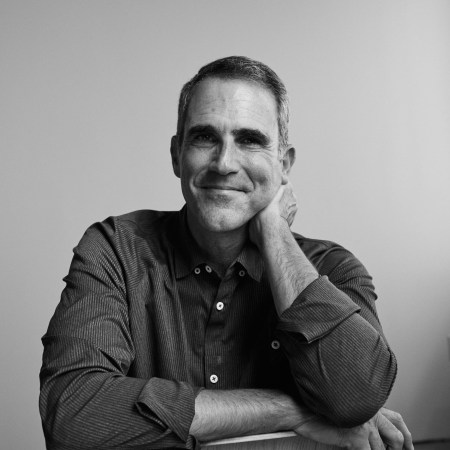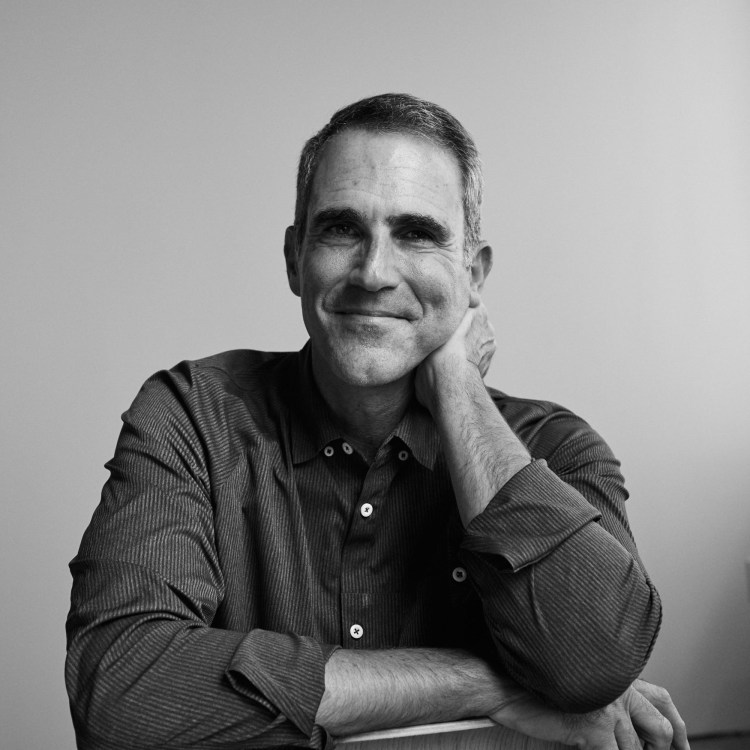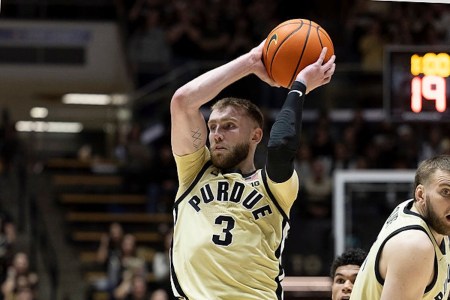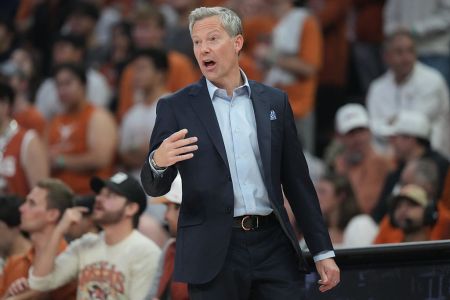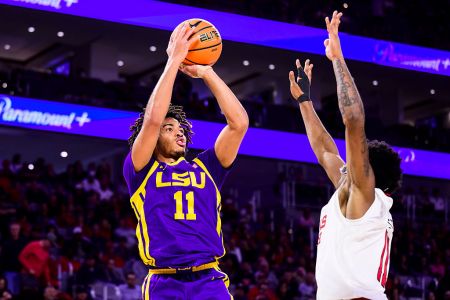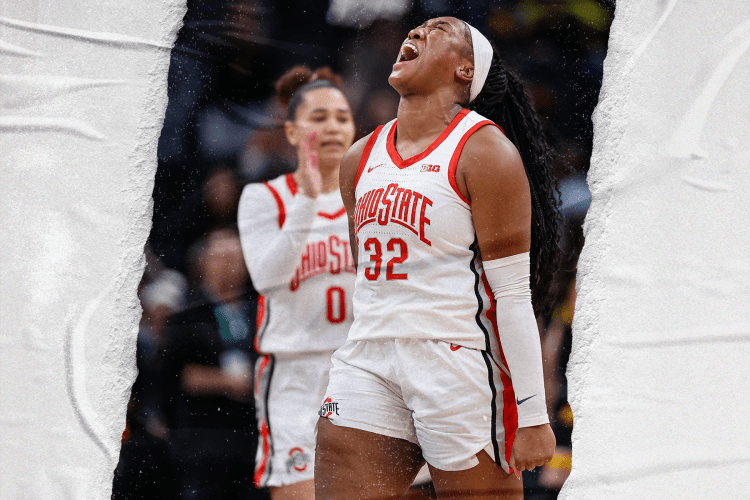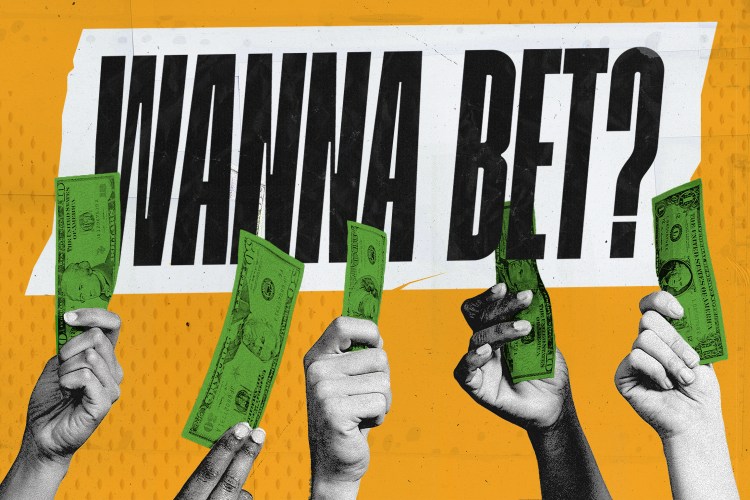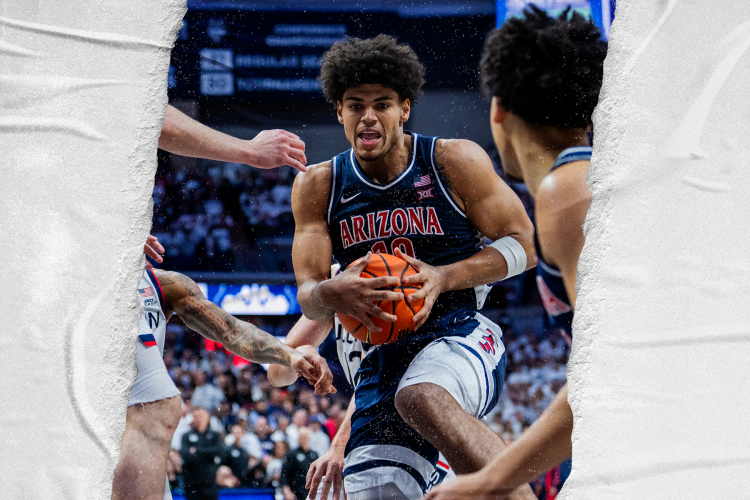When Scott Drew took over as Baylor’s head coach in the summer of 2003, he faced a rebuilding project unlike any in the sport’s history. The program had been rocked by a huge scandal that included the murder of a player at the hands of a teammate, and extensive NCAA violations committed by head coach Dave Bliss. The penalties for those infractions didn’t land until Drew’s third season, when his Bears were banned from playing non-conference games.
Drew was 33 years old at the time, and his youthful exuberance (and naivete) served him well. Baylor had played in one NCAA Tournament during the previous 54 years, but Drew proclaimed from the outset that his goal was to build an elite program, and by golly he got it done. Since 2008, Drew’s Bears have played in five Sweet Sixteens and three Elite Eights, and in 2021 they won the national championship.
Now, however, Drew faces another daunting rebuild, and though it’s not as formidable as the one he faced when he alighted in Waco 22 years ago, it’s pretty darn close. Since the end of the 2024-25 season, Drew has lost every single scholarship player in his program. Every one. Three exhausted their eligiblity, one (freshman guard V.J. Edgecombe) declared for the NBA Draft on Sunday, and the other six entered the transfer portal. Two of those, 6-foot-1 freshman point guard Robert Wright and 6-foot-4 junior guard Langston Love, have committed to BYU and Georgetown, respectively.
That leaves Cameron Carr, a 6-foot-5 junior guard who redshirted after transferring from Tennessee mid-semester, as the only returning scolarship player. Asked if he has ever dealt with an exodus of this magnitude, Drew told Hoops HQ, “I don’t know if any coach has. We didn’t go into the end of the season thinking we would have to replace as many as we do. Normally you lose one (transfer) a year, or every two or three years. If you’re not used to it, you get upset with yourself, like why didn’t I do a better job coaching them and helping them?”
In this case, the issue is not the job that Drew did but rather the unprecedented chaos that has engulfed college basketball. Not only is the sport rapidly transitioning to a pay-for-play model, but teams are furiously scrambling to front load their NIL payments in advance of the new rules that are expected to go into place after Judge Claudia Wilken approves the settlement from the House vs. NCAA case, which she is expected to do in the next week or two. The settlement will establish on July 1 a de facto salary cap of around $20 million per school across all sports. It will also put in place an NIL clearinghouse administered by Deloitte, the consulting and tax behemoth, that will set parameters to determine whether NIL contracts are truly reflective of the players’ market values.
Until that happens, schools are free to spend as much as they want, however they want, to build their rosters. Drew would not disclose to Hoops HQ what Baylor’s current payroll is, but he is clearly having a hard time keeping up with the programs that have the deepest pockets. “If you could pay everybody what they wanted, you wouldn’t lose anybody, right?” he said. “We have enough resources to build a very competitive team. Would every coach like to have more? Yes. Would every player like to make more? Yes. But that’s not the reality.”
The transition to revenue sharing and the clearinghouse will be messy, to say the least, but for Baylor and most other programs, it will be far preferable to the current setup. “We’re in what I would call cap circumvention time,” Baylor athletic director Mack Rhoades told Hoops HQ. “There’s a handful of schools, and we all know the names, that have some people with significant cash and were able to get that to the players up front. This is just a small window of time. Hopefully, we get through this pre-settlement period and (Judge Wilken) will sign the settlment and then the dust will settle.”
Baylor’s most disappointing loss was Wright, especially since he signed a new NIL deal with the Bears towards the end of the regular season. That would have given Drew a solid cornerstone, but like all NIL deals, that contract was non-binding and did not include a buyout clause. So when BYU approached Wright after its freshman point guard Egor Demin declared for the NBA Draft on April 8, Wright was free to accept an offer that will reportedly pay him around $3.5 million next season. BYU’s payroll may be the biggest in the sport, as evidenced by its ability to land the nation’s top high school recruit, A.J. Dybantsa, for a sum believed to be around $7 million.
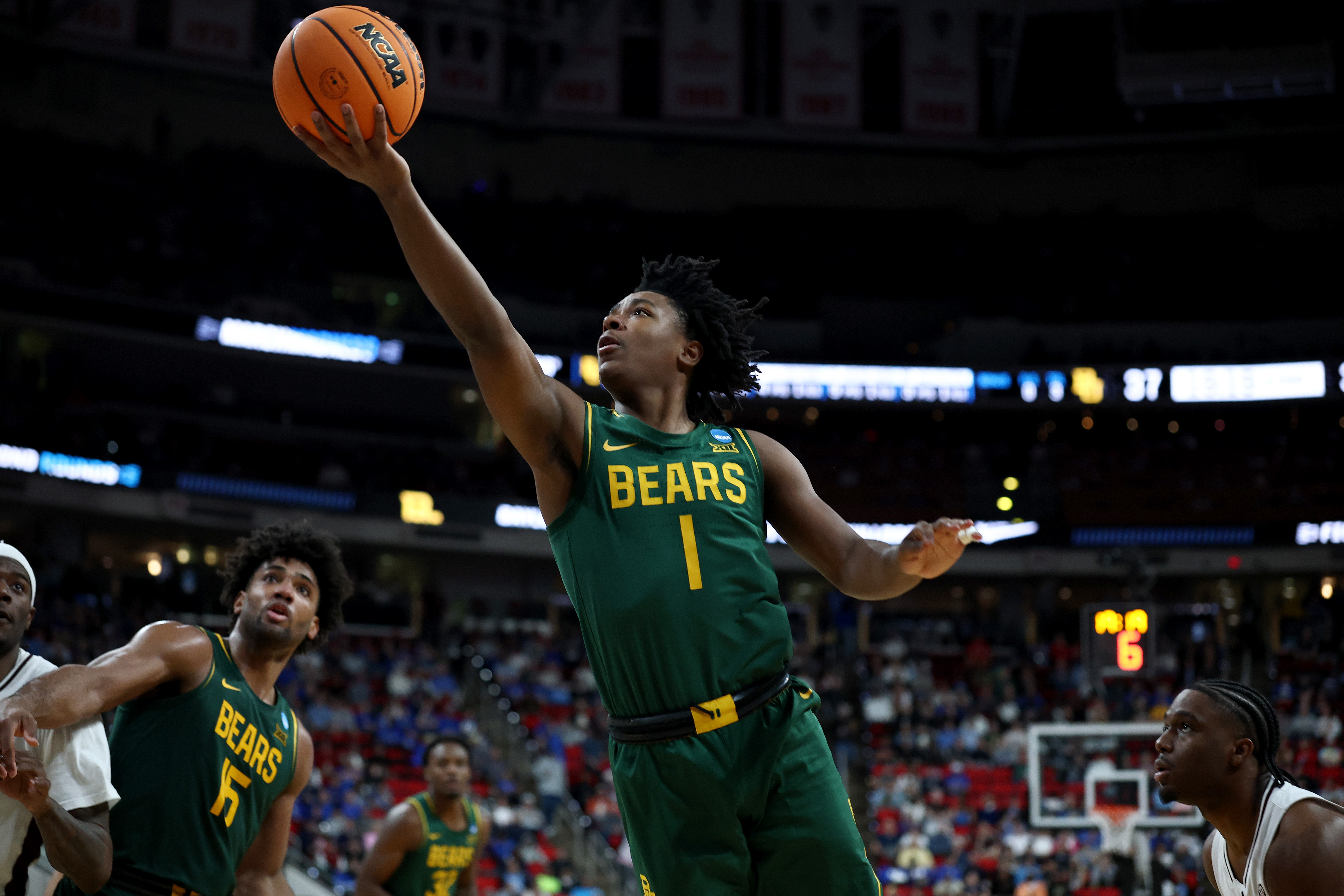
Drew knew he was going to have to replace the three starters who were graduating (6-foot-1 point guard Jeremy Roach, 6-foot-7 forward Norchad Omier and 6-foot-4 guard Jayden Nunn), but the remaining transfers should not necessarily be considered bad losses. It would not have made sense for Drew to pay big money to 6-foot-10 junior forward Josh Ojianwuna, who will likely have to redshirt next season after tearing an ACL in February. Love has also been beset by injuries the last two years. Senior guard Jalen Celestine, who averaged 7.1 points in 25.0 minutes last season, has yet to commit to another school. None of the remaining transfers were a part of Drew’s eight-man rotation.
So far, Drew has managed to land six transfers out of the portal, forming a transfer class which Hoops HQ’s Tristan Freeman ranks No. 5 in the country. The newcomers include Michael Rataj, a 6-foot-9 junior forward from Oregon State who averaged 16.9 points, 7.2 rebounds and 2.0 assists last season, and Dan Skillings, a 6-foot-6 junior guard who averaged 9.2 points and 3.8 rebounds for Cincinnati. Drew is also bringing in a three-man freshman class headlined by Andre Iguodala II, the son of the longtime NBA veteran, and Tounde Yessoufou, a 6-foot-6 guard from the African nation of Benin who won the slam dunk contest at the McDonald’s All-American game and scored a team-high 24 points for the World Team at the Nike Hoop Summit last week.
With eight players currently on board, Drew is on the hunt for several more. The cupboard for the 2025-26 season will be far from bare, but Drew conceded that all the tumult has taxed his famously effervescent spirit. “Every coach would probably tell you, the two or three weeks after the season ends is far and away the worst time of year,” he said. “You poured everything into your team and you’re completely exhausted. The minute you lose, you’re trying to figure out who’s coming, who’s staying. You have to deal with recruiting your whole roster and you’re having player meetings, and you know you can’t meet everybody’s expectations.”
The present may be unstable for Baylor, but that doesn’t mean the future isn’t bright. Rhoades has had to remind Drew of that often as they navigated the turmoil of the last month. “I think there’s a lot of (athletic directors) that have had to give our coaches a pep talk,” Rhoades said. “I told Scott, we’re in the midst of a ten-round heavyweight fight. We’re going to take some body blows in the early rounds, but we’re going to get through it. We have a coach that’s won a national championship and there are a lot of elite players around the country that want to come and play for Scott Drew. I don’t think that’s going to change.”
